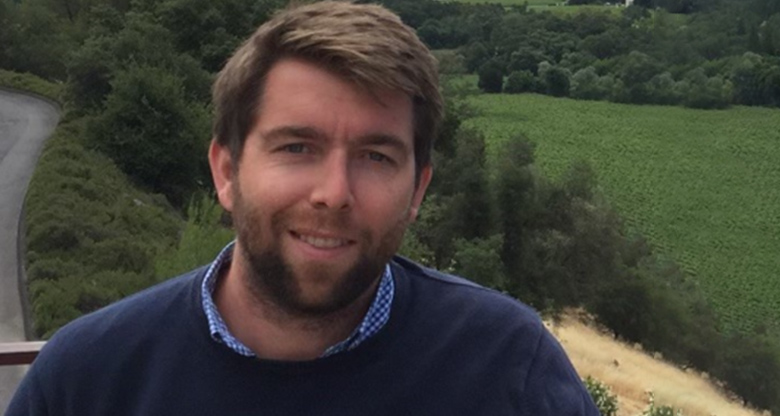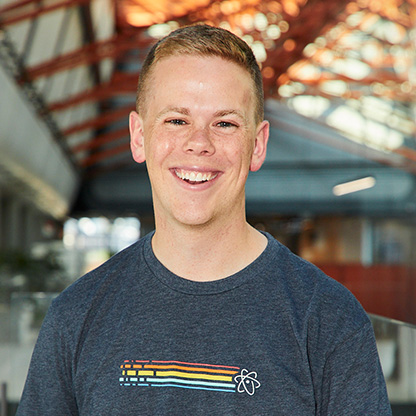The Quant, Data, Analytics and Technology (QDAT) function is a division of Institutional Banking and Markets (IB&M) that combines key capabilities to drive the IB&M strategy. We had a chat with David Dawson who heads up the growing Systematic IB&M team about why this is such an exciting team to be part of, the unique skills they look for and how they’re innovating at speed with true agility.
Tell us about your team and what they do
Systematic IB&M focusses on digitisation of processes, automation and quantitative analytics across IB&M. We develop scalable applications that help IB&M to increase revenue and reduce operational costs. Use cases range from asset financing in commodities and business banking, systemizing our primary issuance process as well as creating insights for fixed income specialist and sales across Global Markets and Research. We automate and digitise to systematically drive growth, reduce costs, and reduce operational risk.
Tell us about a solution/project which your team worked on that highlights what you do
Systematic IB&M are automating the asset financing business. We lowered operational risk by doing this in a fully auditable fashion and have increased scale by delivering analytical API’s that can enable our clients. In this case we’re reducing the future costs of scaling out business 10 fold. The project has helped our clients achieve better financing rates because of our increased ability to accurately price their portfolios.
What are the key skills you’re looking for in your team?
The roles within my team require a pretty unique skill set – the ideal person would have experience in financial mathematics, software engineering and have a practical understanding of global financial markets. It’s often a challenge to find people who tick every box!
If someone is skilled in either analytics or engineering with an interest or enthusiasm for financial markets we can set them up for success our team.
Python skills are important and I would say are a must. Other technologies we use include our engineering environment Beacon.io (Mongo, Redis, python, VSCode editors, BPMN, and lots of opensource), REACT and we’re also expanding into API’s as external services. Our fully automated SDLC is hooked into Github and containerization with peer review as a single approval step. This is something our team LOVE and we think anyone who joins the team will feel the same.
It’s also worth me mentioning that I really look for people who want to solve complex business product problems and who aren’t only focused on solving technical problems.
What’s exciting about working in your team?
We believe working in this team you’re experiencing an industry leading engineering environment within Australia. Our core values are all centred around deploying value at speed, optimisation through change and a focus on quantitative improvements.
The problems we work on are really complex, we’re quite radical in the way we do things and we’re changing the way a 150-year-old institution is operating. The team is a driving force behind what IB&M will look like in the future and we will materially influence the proposition for our clients, community and colleagues.
Our team is really diverse when it comes to technical mindset and I’m also really pleased with the gender diversity in the team – we currently have a 40/60% split, which we’re still working on but it’s well above industry average.
There’s a big focus in my team on coaching young talent and giving more junior talent leadership opportunities. You’ll have the opportunity to operate autonomously whist being responsible for the full lifecycle of work. What makes our team different is the focus on the product we’re creating rather than the underlying technology.
During the pandemic how has the team been operating and what’s the plan moving forward?
Whilst working from home we’ve been really conscious about keeping the team connected. We’ve made sure to have regular catch ups and make time for team games and other social activities that can be done virtually. We’ve also made sure that we’re doing 1:1 paired coding activities to make sure people are still learning and collaborating with each other.
Moving forward I can see team ‘hackathons’ being a quarterly combined in-office activity whilst our status quo is per the business units 60% working in office with the remaining time working from home. That being said what works best for the individual will always be considered.
We’re focussing more on ensuring we create joint projects to maintain our team relationships with this change in working practice, as well as regular social activities!
Learn more about engineering careers at CommBank




